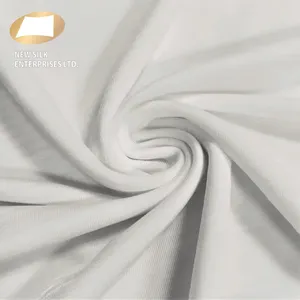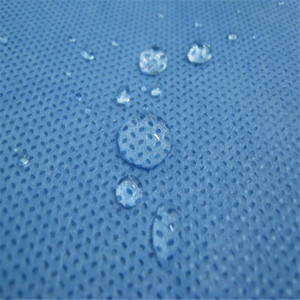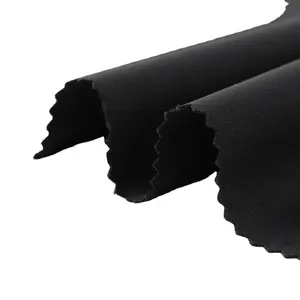Exploring the Versatility of Antibacterial Fabric
Antibacterial fabric is a revolutionary development in the textile industry, offering a blend of functionality and innovation. This material is engineered to inhibit the growth of bacteria, making it an ideal choice for a variety of applications. From healthcare settings to active wear, antibacterial fabric provides an added layer of protection against microbial contamination.
Types and Applications of Antibacterial Textiles
The scope of antibacterial textiles is vast, encompassing a range of products tailored to diverse needs. These fabrics are integral in manufacturing active wear, medical uniforms, and home textiles, ensuring that each product offers both comfort and hygiene. The versatility extends to outdoor apparel, where the waterproof properties of certain antibacterial polyester fabrics are highly valued.
Features and Material Insights
Antibacterial fabrics are often made from synthetic fibers like polyester, which is renowned for its durability and moisture resistance. Innovations in the sector have led to the creation of recycled polyester options, catering to the environmentally conscious consumer. Additionally, microfiber variations are specifically designed for cleaning applications, highlighting the fabric's adaptability.
Advantages of Antibacterial Fabric
The primary advantage of antibacterial fabric lies in its ability to maintain hygiene and freshness, reducing the risk of bacterial proliferation. This is particularly beneficial in environments where cleanliness is paramount. Moreover, the durability of synthetic antibacterial fabrics ensures longevity, making it a cost-effective option in the long run.
Patterns, Textures, and Environmental Considerations
Manufacturers have developed a range of textures and patterns for antibacterial fabric, ensuring that aesthetic preferences are met without compromising on functionality. The industry has also seen a rise in eco-friendly practices, with an increase in the availability of recycled materials that contribute to a more sustainable production cycle.
Choosing the Right Antibacterial Fabric
Selecting the appropriate antibacterial fabric requires consideration of its intended use. Whether for healthcare uniforms, outdoor apparel, or home textiles, each application may require different attributes such as breathability, water resistance, or specific textural qualities. Alibaba.com serves as a marketplace to explore a multitude of options, connecting buyers with a diverse range of products to meet their specific needs.






































 浙公网安备 33010002000092号
浙公网安备 33010002000092号 浙B2-20120091-4
浙B2-20120091-4